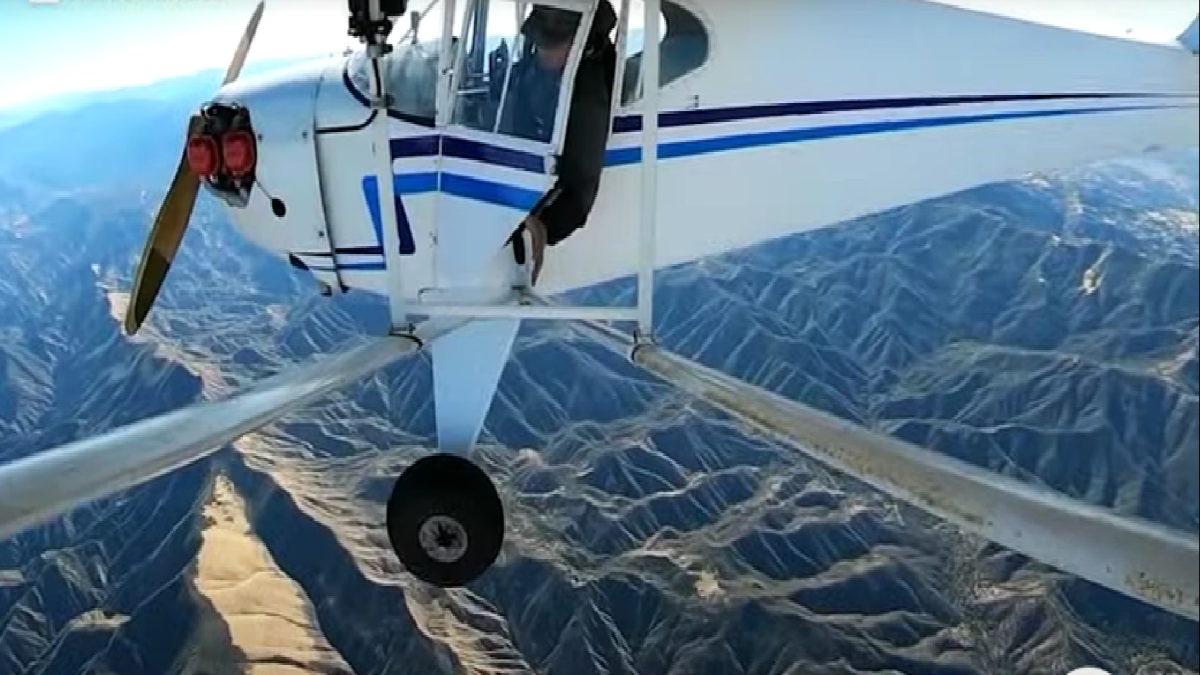Chronic Wasting Disease spreading among wildlife in US is nicknamed “zombie deer disease” because it makes animals act confused and drool.
In the US, scientists are concerned about a disease called Chronic Wasting Disease (CWD) spreading among wildlife, and there’s a worry it could also affect humans. It’s nicknamed the ‘zombie deer disease‘ because it makes animals act confused and drool. This problem was first found in Yellowstone National Park in November and has now been discovered in 800 deer, elk, and moose samples in Wyoming.
Experts are calling CWD a “slow-moving disaster” and advising governments to get ready for the chance that it could spread to people. According to the Centers for Disease Control and Prevention, the disease has been found in 31 US states.
Dr. Cory Anderson, a CWD researcher, compares this situation to the mad cow disease outbreak in Britain, where things got chaotic when it passed from livestock to people. While no one is saying it will happen with CWD, it’s important to be prepared, he says.
So far, there haven’t been any cases of CWD in humans. However, studies suggest there might be a risk. Since 1997, the World Health Organization has recommended keeping agents of all known prion diseases out of the human food chain, says the CDC website.

Now, what exactly is Zombie Deer Disease?
It’s also known as Chronic Wasting Disease (CWD), and it’s a contagious and deadly illness that affects animals like deer, elk, caribou, reindeer, and moose. It’s caused by a weird protein (prion) that builds up in the brain and other tissues, leading to changes in behavior, weight loss, and eventually death. The disease spreads through direct contact between animals or indirectly through contact with infectious particles in things like feces, soil, or plants. Animals can also get infected through their food or pasture.
The Centers for Disease Control and Prevention say it can take more than a year for symptoms to show in deer, starting with a significant weight loss and loss of energy. Currently, there’s no cure or vaccine for CWD. This raises concerns not only for the affected wildlife but also for the potential impact on humans.






